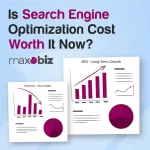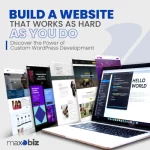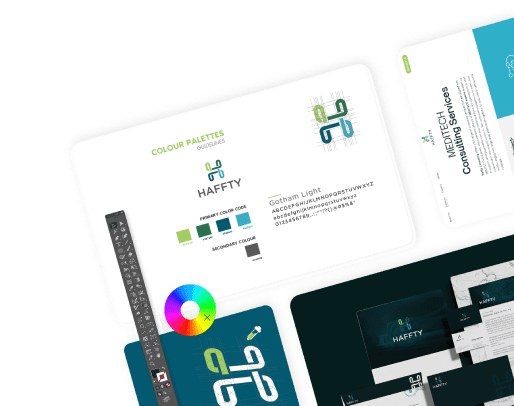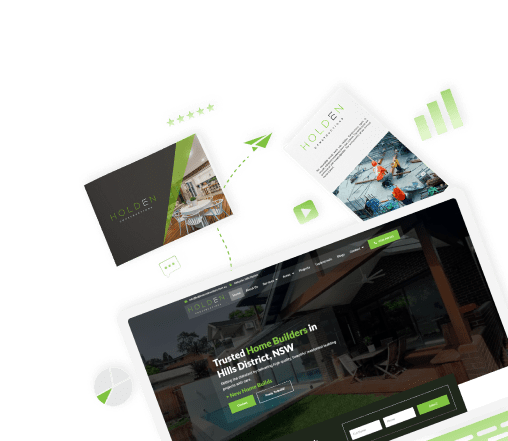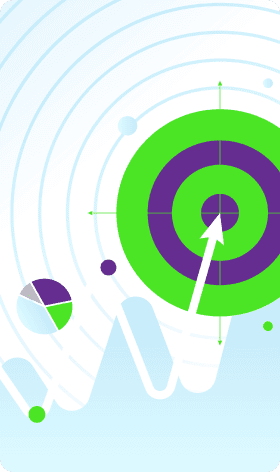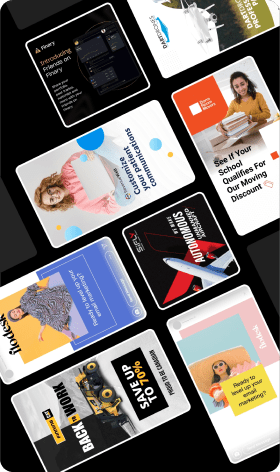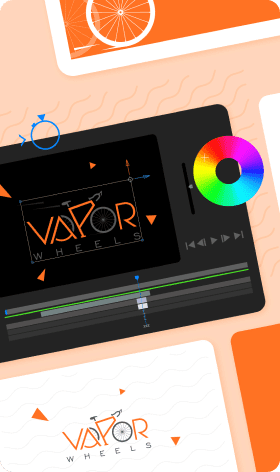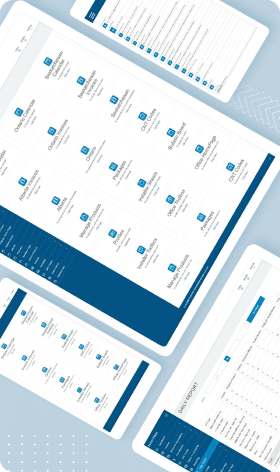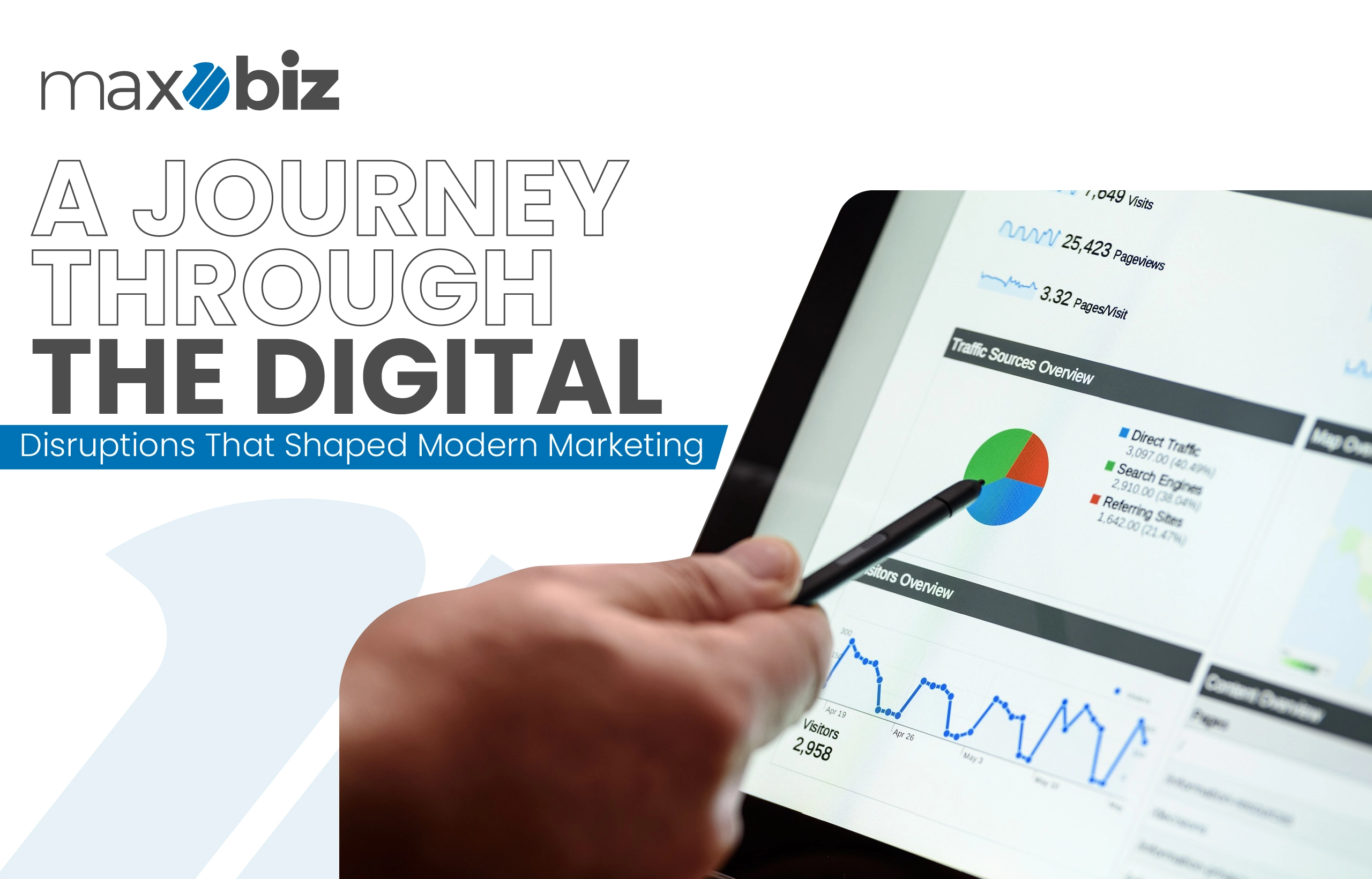Marketing has always been a reflection of culture, and as culture evolves, so too must the way we communicate with our audiences. Over the past 30 years, digital marketing has gone through a series of radical transformations—driven by explosive technology shifts, changing consumer behaviors, and the growing demand for personalization and transparency.
From static banner ads to real-time personalized content delivered across multiple devices, marketing has become faster, smarter, and more human-centric. But how did we get here? And more importantly, what lies ahead?
Let’s take a look at the three technological revolutions that redefined marketing—the internet, big data, and mobile—and explore how they’ve led us to the age of personalization, transparency, and agility.
🌍 The Rise of the Internet: Marketing’s First Digital Disruption
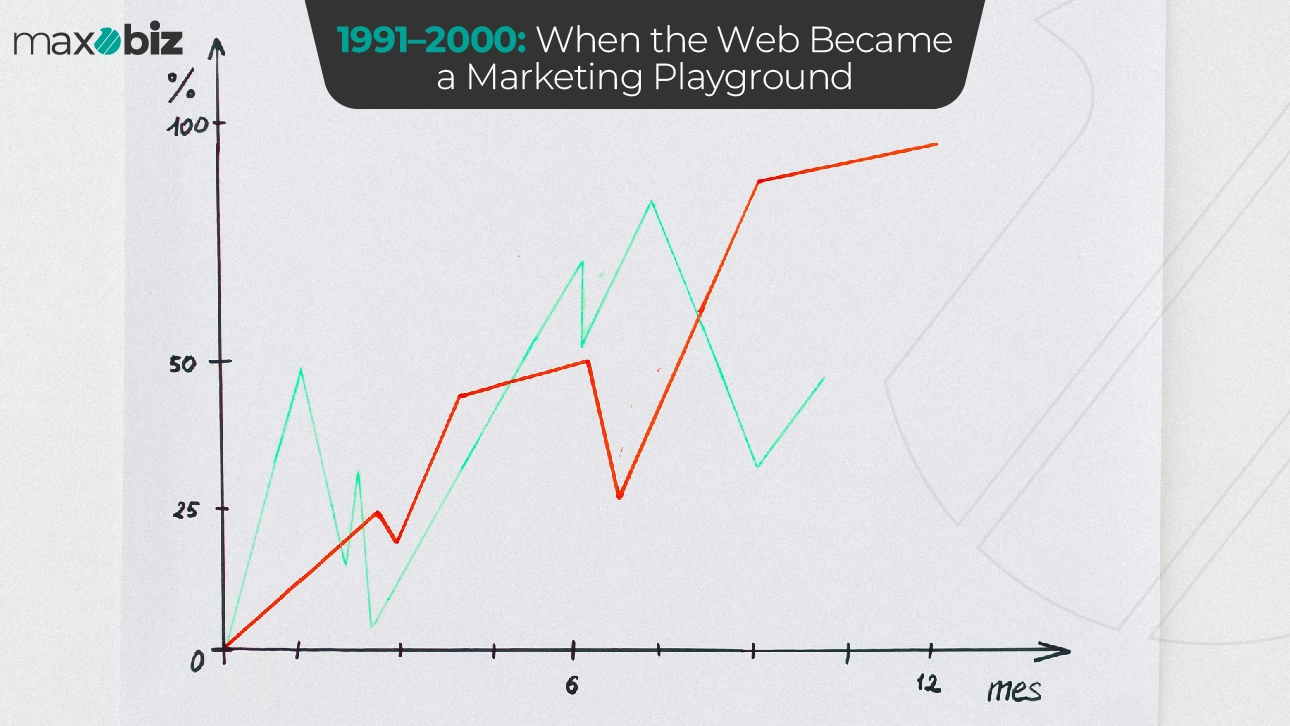
In 1991, the public debut of the World Wide Web marked the beginning of a new era. The web wasn’t just a new channel—it was an entirely new way to interact. Early websites were static, clunky, and visually unimpressive, but they opened up new possibilities for global reach and instant communication.
By 1995, the number of global internet users had reached 16 million. Just two years later, that number had grown to 70 million. Companies quickly realized the potential of the web as a marketing platform. Banner ads appeared, email marketing began to take shape, and e-commerce emerged as a viable business model.
Enter the browser wars—Netscape, Internet Explorer, and later Chrome and Firefox. Browsers became the gateway to information and commerce, and marketers raced to adapt. Agencies like Razorfish seized the opportunity, leveraging browser tech to introduce multimedia campaigns that blended tech, content, and storytelling.
SEO Emerged as a Battlefield
Search engines like Yahoo! and AltaVista paved the way for Google, which redefined how content was ranked and discovered. Early SEO was basic—keyword stuffing and backlink spamming were enough to dominate search results. It wasn’t pretty, but it worked.
💡Insight: The internet was the first great equalizer in marketing. It gave small businesses a voice, leveled the playing field, and ushered in the age of inbound marketing. Brands that were willing to innovate early reaped the rewards.
📊 The Data Explosion: Understanding Customers at Scale
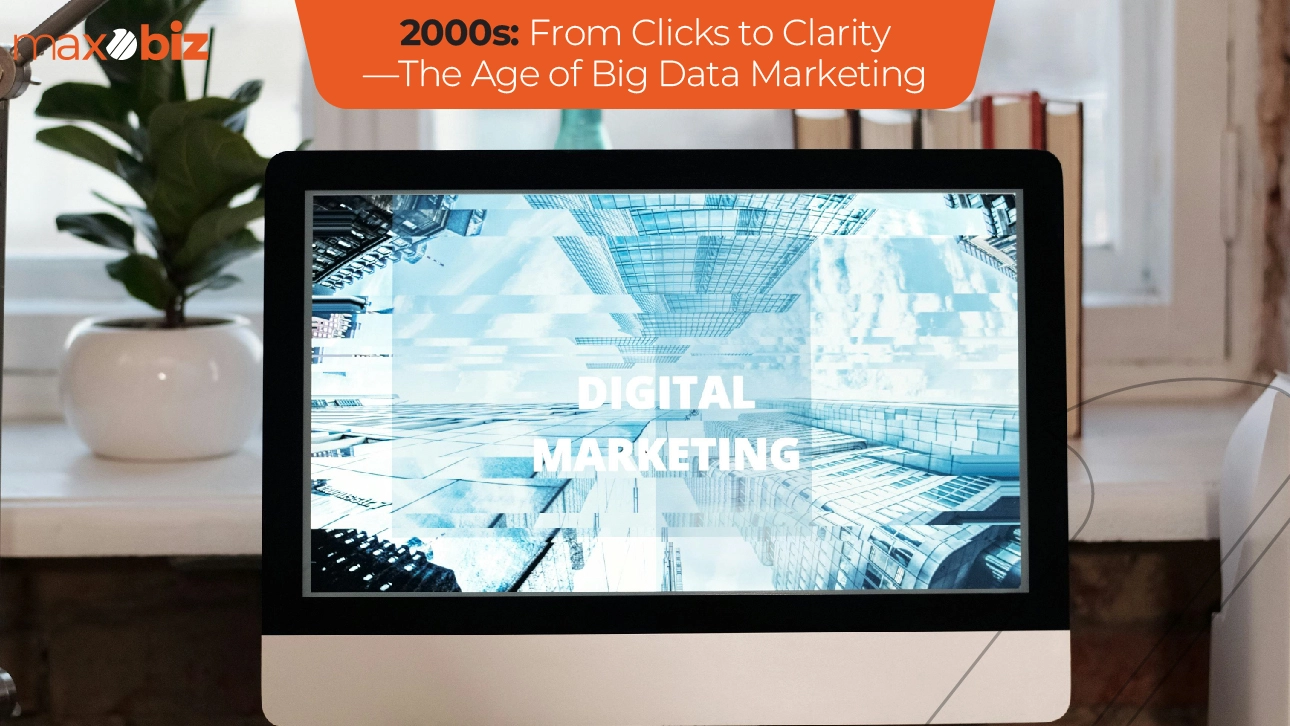
As the internet matured, it became clear that marketing wasn’t just about reach—it was about relevance. Enter the era of big data. In the early 2000s, digital marketers began collecting massive amounts of information—user behavior, purchase history, demographics, social media interactions, and more.
But raw data wasn’t enough. Tools had to evolve to make sense of it. Platforms like Oracle, Domo, and Optimove emerged to help marketers analyze patterns, segment audiences, and predict behavior. This marked a shift from reactive to proactive marketing.
The Social Media Revolution
In the same decade, social media flipped the funnel. Platforms like LinkedIn (2002), Facebook (2004), and Twitter (2007) empowered consumers to interact with brands directly. Suddenly, marketing was no longer a one-way broadcast—it became a dialogue.
Consumers started demanding more authenticity and personalization. The data collected online became the backbone of customized marketing campaigns that could respond to users in real time.
Predictive Marketing Becomes the Norm
Big data allowed marketers to move beyond demographics and into psychographics and behavioral targeting. Campaigns could now anticipate a customer’s next move—and speak directly to their intent.
Insight
Big data didn’t just change what marketers could know—it changed how they had to think. Success required empathy, ethics, and the ability to convert numbers into narratives.
📱Mobile Devices: The Customer in Your Pocket

If the internet connected people, mobile unchained them. The early 2000s saw the rise of mobile-first communication. BlackBerry kicked off the smartphone trend in 2003, but it was Apple’s iPhone in 2007 that truly changed the game.
The launch of the iPhone and, later, Android devices, meant people were now constantly connected—and always reachable. Mobile went from being a secondary channel to the primary way people accessed the internet. In fact, mobile traffic surpassed desktop in 2016 and hasn’t looked back.
The App Economy & Responsive Design
Businesses were forced to redesign their digital experiences for small screens. Apps became an essential part of brand engagement. Responsive design wasn’t a trend—it was a necessity.
The rise of push notifications, location tracking, and real-time alerts enabled marketers to engage consumers at exactly the right time and place.
Mobile Search Changed Everything
Google’s mobile-first indexing meant websites had to prioritize fast load times, simplified content, and mobile usability. Content had to be bite-sized, visual, and highly optimized for on-the-go consumption.
Insight
Mobile marketing isn’t just about portability—it’s about proximity. Brands now live in people’s pockets, and that closeness demands more relevance, value, and respect for attention.
🧠 Personalization: The New Standard of Engagement
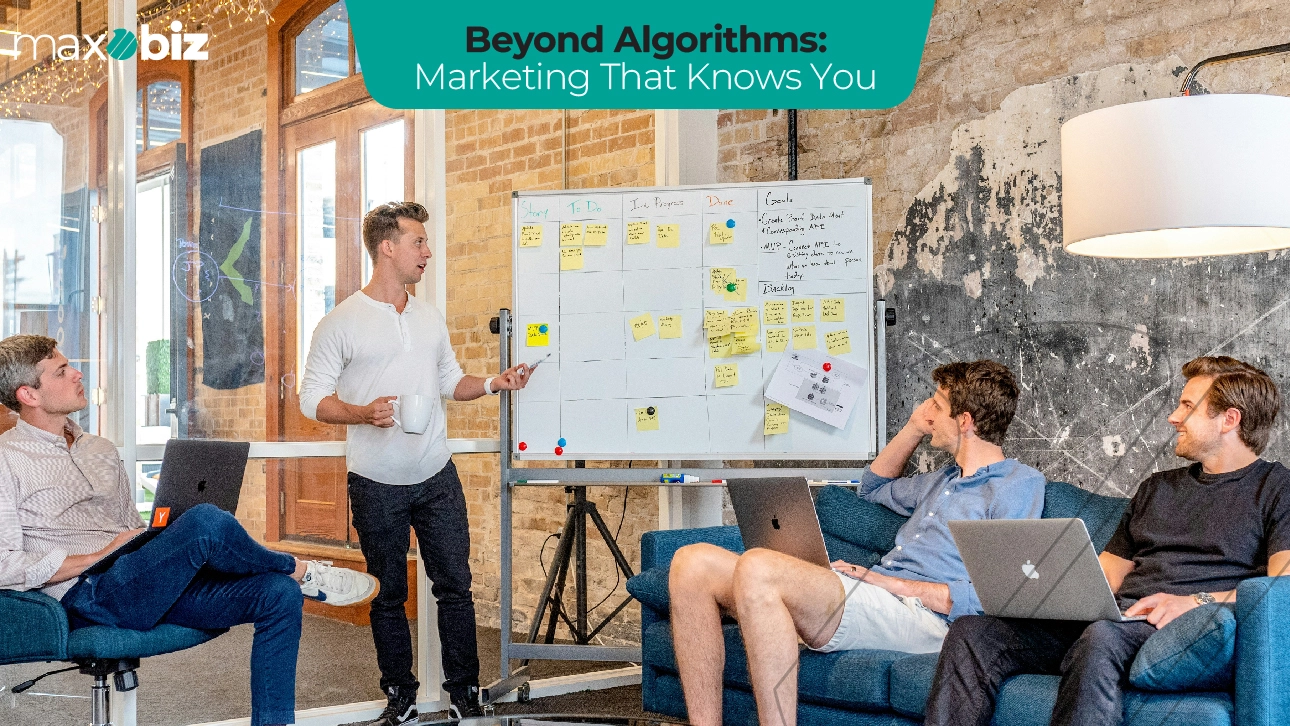
With so much data available and mobile phones providing constant connectivity, it became possible to tailor messages to individual users at scale. And consumers began to expect it.
Netflix recommends what to watch. Amazon suggests what to buy. Spotify curates your perfect playlist. This isn’t magic—it’s data-driven personalization at work.
AI-Powered Marketing
AI in digital marketing has taken personalization to the next level. Machine learning algorithms help marketers deliver highly customized content based on behavior, preferences, and even mood.
User-Generated Content Builds Trust
GoPro’s “Photo of the Day” campaign is a perfect example. It transforms users into brand ambassadors, building community and credibility. Personalized marketing isn’t just about tech—it’s about trust.
Insight
Personalization isn’t about tracking clicks—it’s about building relationships. The more human your brand feels, the stronger your connection with customers.
🔍 Transparency & Trust: The New Marketing Currency

We’re living in a post-advertising world. Today’s consumers are skeptical. They’ve been burned by clickbait, annoyed by pop-ups, and tracked across the web. In response, the demand for transparency is louder than ever.
According to Donatas Smailys, CEO of Billo Performance UGC Platform: “Consumers are craving realness. They want to see themselves reflected in the content they consume, and that’s where the power of UGC really shows. With it creators and brands can connect based on shared passions and values, resulting in content that’s authentic, engaging, and truly powerful.”
The Fall of “Fake It Till You Make It”
Consumers can spot inauthenticity from a mile away. Today’s marketing must align with real company values, and messaging must be backed by actions—not just taglines.
Content Marketing as a Trust-Building Tool
Well-researched, helpful, and non-promotional content (like this post!) helps brands earn authority and trust. SEO today is built on real value, not cheap tricks.
Insight
In an age of deep fakes and misinformation, the most disruptive thing a brand can do is tell the truth. Marketing with integrity isn’t a trend—it’s the future.
⚡The Rise of Agile Marketing: Real-Time or Bust
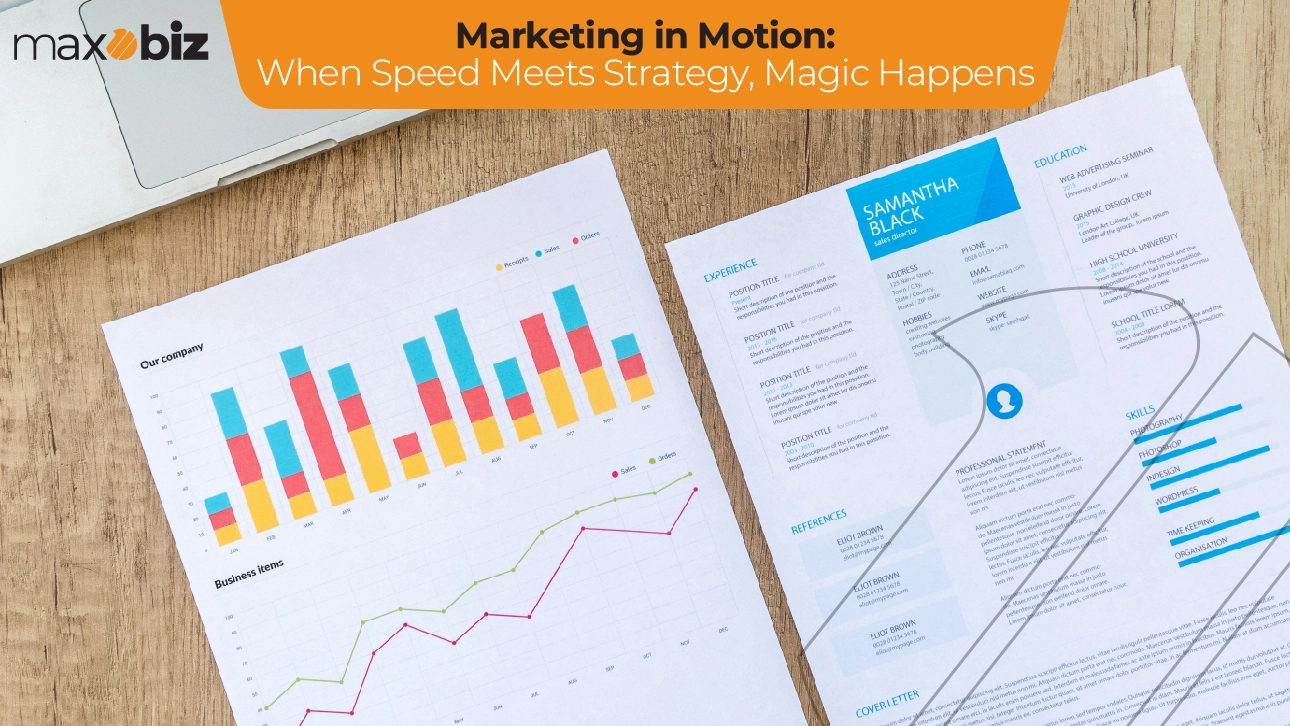
Social media introduced something new: speed. Brands now operate in a 24/7 content cycle, where news breaks instantly and trends shift overnight. Agile marketing has become essential.
Agile means real-time responses, quick iterations, and cross-functional collaboration. It’s not about producing more content—it’s about producing the right content, fast.
Examples in Action
During the infamous Super Bowl blackout, Oreo tweeted “You can still dunk in the dark.” It was simple, clever, and timed to perfection—earning massive media attention.
Likewise, Tide’s “It’s a Tide Ad” campaign during the Super Bowl turned every other ad into theirs. These moments prove the power of creative speed and strategic timing.
Social Listening Fuels Strategy
Today’s marketers don’t just create—they listen. Platforms like X (formerly Twitter), Reddit, and TikTok act as massive focus groups. Agile teams use this data to refine messaging, content, and campaigns on the fly.
Insight
Agility isn’t about improvisation—it’s about preparation. The best brands have the tools, trust, and team alignment to act fast when it counts.
📺 The Balance of Old and New
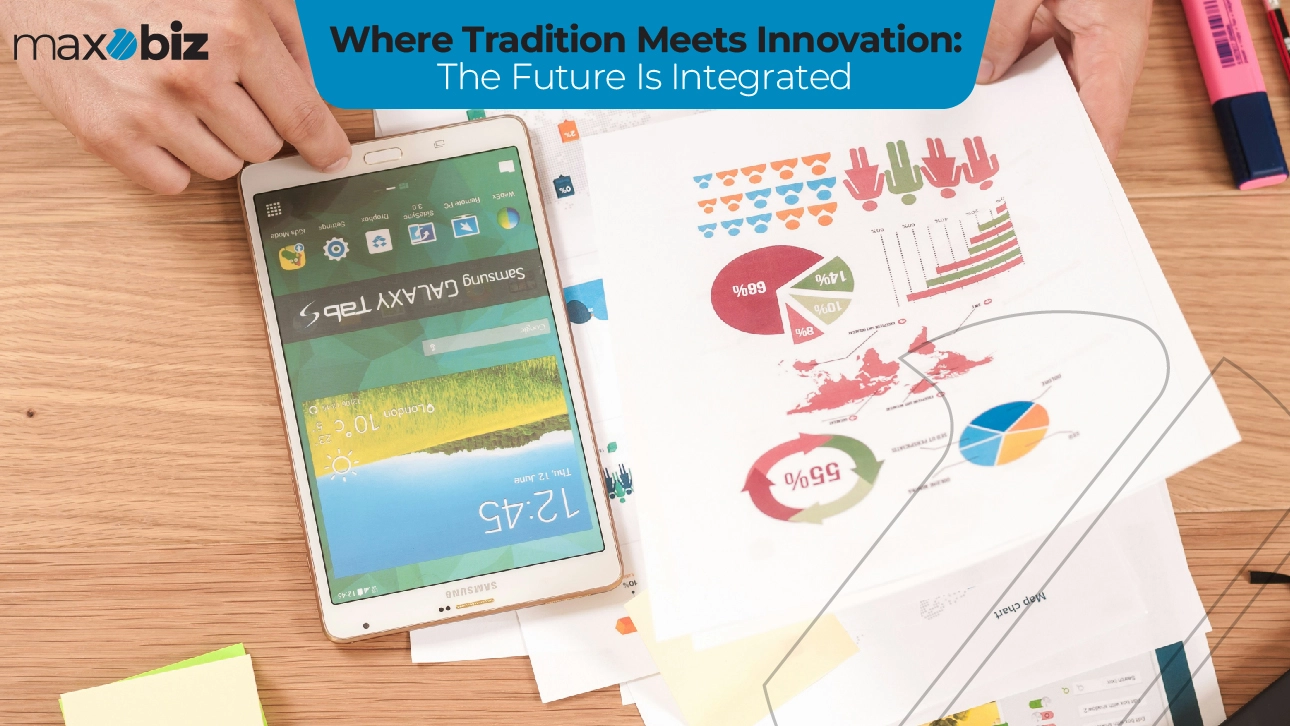
Despite all this digital innovation, traditional media still plays a major role. TV, radio, and print continue to capture significant ad spend. The future isn’t about replacing old channels—it’s about integrating them.
Omnichannel Marketing Is the New Norm
Consumers don’t differentiate between online and offline experiences—so neither should you. The most effective campaigns blend digital precision with the emotional impact of traditional media.
🔮 What’s Next?
As we look ahead, technologies like augmented reality, voice search, and generative AI will further transform how we market and connect. But no matter the tools, the mission remains the same: create meaningful experiences that resonate with real people.
Marketing has evolved from pushing messages to building relationships. From static ads to dynamic conversations. From selling a myth to sharing a truth.
Learn More: How a Comprehensive Digital Marketing Strategy Drives Business Growth in 2025
🚀 Final Thought:
The last 30 years were about catching up with technology. The next 30 will be about catching up with humanity. As marketers, our job is no longer to convince—but to connect.

